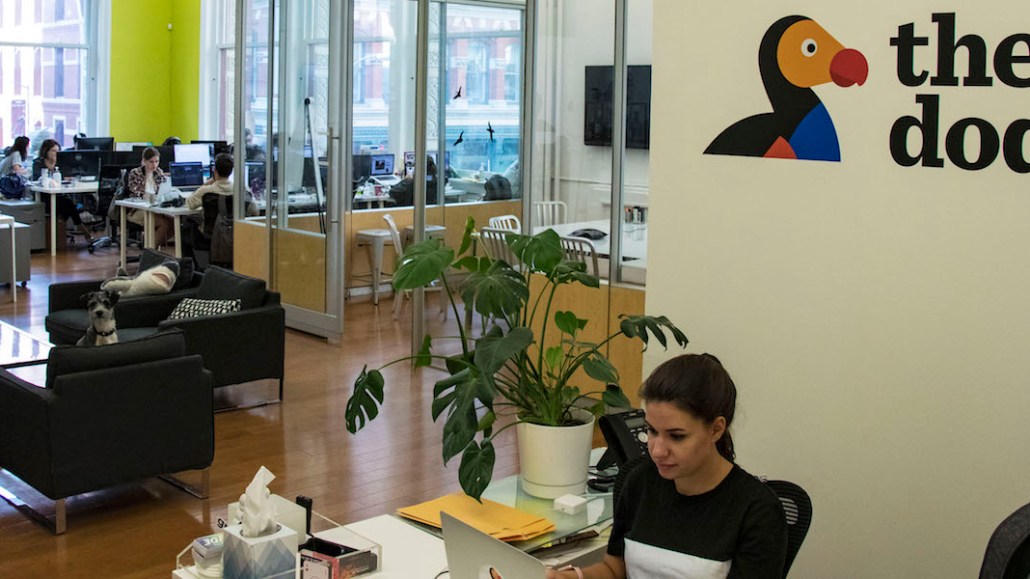Save 50% on a 3-month Digiday+ membership. Ends Dec 5.
Group Nine reduced its reliance on viral videos and saw its views soar 59 percent

Since publishers are at the mercy of algorithms when it comes to making articles and videos catch fire, Group Nine Media has focused on limiting its duds rather than trying to make videos go viral.
Viral videos used to be a bigger part of Group Nine’s views. In June 2016, videos with more than 10 million views drove 37 percent of the publisher’s total social video views, according to Tubular Labs. This past June, that percent was down to 19 percent of its total social video views.
Since reducing its reliance on viral hits, monthly video views have gone up year over year by 59 percent to 4.6 billion in June, per Tubular. In the same period, the number of videos it published per month increased 34 percent, to 2,670.
While Group Nine — a holding company that includes digital publishers Thrillist, NowThis, The Dodo and Seeker — formed in October, its brands existed before, so these statistics compare like properties. The company’s social video views have quickly grown. In 2014, the properties it now owns had just a few a million video views per month, said Ashish Patel, svp of audience development and insights at Group Nine, but the company’s thinking is that its current approach is more sustainable.
“You generally don’t want to pore over your mistakes; you want to psychologically brush them under the rug and move on,” Patel said. “But viral hits are out of our control, and it’s more clear what we can do to eliminate [poorly] performing content.”
Group Nine increased the views on its less popular videos by testing multiple versions of the same video, Patel said. It found that videos of talking heads needed lots of text to keep users interested, while videos with more interesting visual imagery performed worse with added text.
It also discovered that unless the camera angles alternate at the beginning of a video, mobile users quickly click out of videos featuring a person speaking directly to the camera, Patel said. That’s why, as seen in this video featuring former Vice President Al Gore, the camera angle frequently changes to keep users’ attention.
Another tactic that helps prevent users from exiting a video of a person speaking is to split the screen with another image. The videos below are essentially identical, but the first video starts with a split-screen image, while the second video shows just a single image. Juxtaposing two images for just a few seconds at the start of the video increased views by 36 percent.
Group Nine is becoming less beholden to viral videos at a time when going viral has lost some of its appeal. Viral publishers like Upworthy and Distractify, which relied heavily on social platforms, were left exposed after algorithm changes led to inconsistent traffic. Elite Daily’s parent company wrote down the entirety of its investment in the millennial-focused publisher, leading to Elite Daily’s sale to Bustle. Viral Thread is eliminating “viral” from its name and rebranding itself as VT.
Photo via Group Nine
More in Future of TV

Future of TV Briefing: The streaming ad upfront trends, programmatic priorities revealed in Q3 2025 earnings reports
This week’s Future of TV Briefing looks at what TV and streaming companies’ latest quarterly earnings report indicate about the state of the streaming ad market.

Future of TV Briefing: The creator economy needs a new currency for brand deals
This week’s Future of TV Briefing looks at why paying creators based on reach misses the mark and what IAB is doing to clear up the creator-brand currency situation.

Future of TV Briefing: WTF is IAB Tech Lab’s device attestation tactic to combat CTV ad fraud?
This week’s Future of TV Briefing breaks down the CTV ad industry’s new tool for fighting device spoofing.





